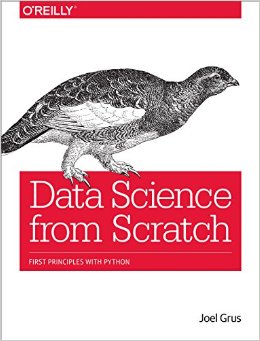Get Started and Make Progress in Machine Learning
Last Updated on June 7, 2016 In this post I layout my manifesto for how you can get started and make progress in machine learning. In this post you will discover what machine learning is, why it matters, how to do it and how to identify and overcome your self-limiting beliefs. Get Started and Make Progress in Machine LearningPhoto by Sam Howzit, some rights reserved Why Get Started in Machine Learning I believe machine learning is an important and fascinating field. You can […]
Read more








